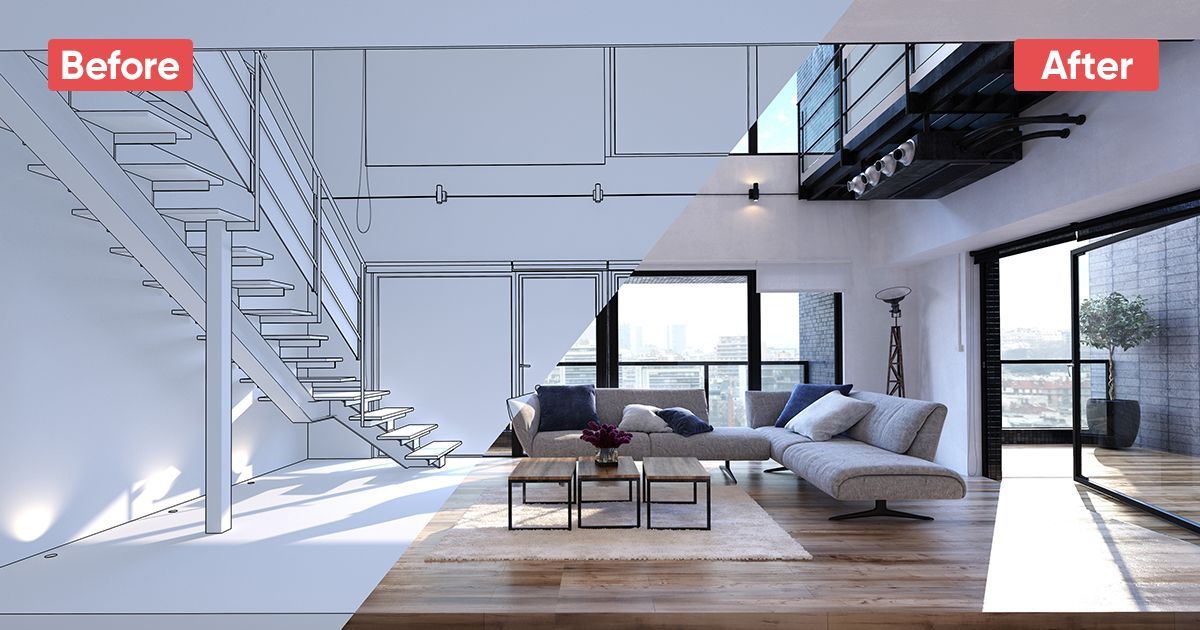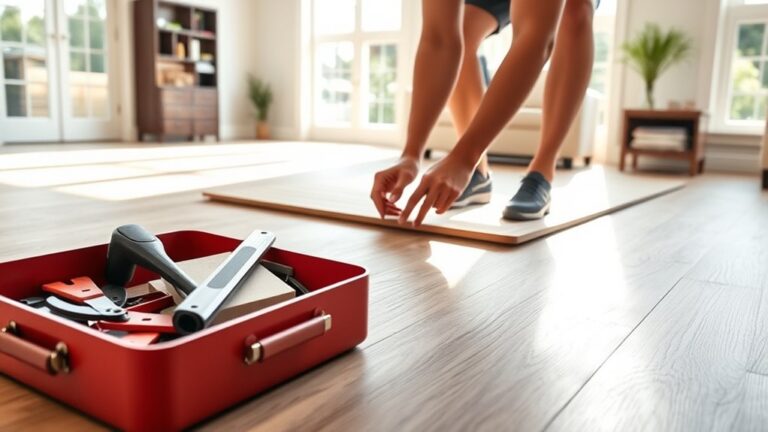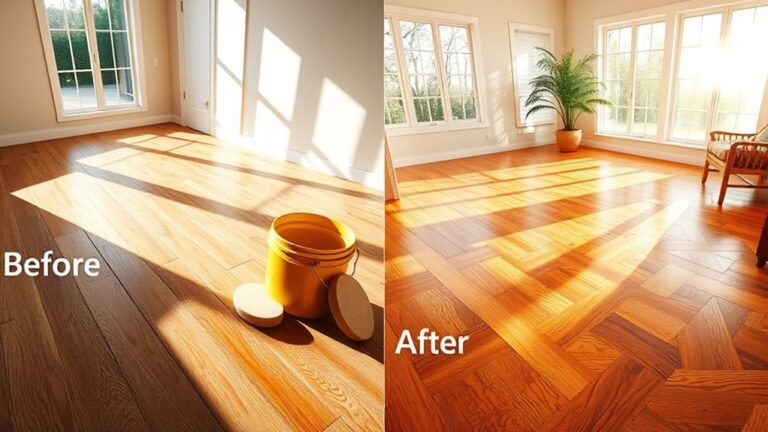To move furniture to a 3rd-floor apartment, use professional movers who are experienced in navigating stairs and tight spaces. Prepare your furniture by disassembling any removable parts and wrapping it securely to prevent damage.
Importance Of Planning And Preparation
Moving furniture to a 3rd-floor apartment can be a daunting and challenging task. Proper planning and preparation are essential to ensure a smooth and efficient move. Let’s look at some important aspects to consider:
Before you begin the move, it’s important to assess the furniture you’ll be moving and the space available in your new apartment. Take measurements of your furniture, particularly larger pieces such as sofas, beds, and tables. This will help you determine if your furniture can fit through doorways, hallways, and staircases.
Measure the width and height of doorways, hallways, and staircases in both your current and new apartment. This will enable you to determine if your furniture can be maneuvered through these spaces without any issues. If you find any obstacles or narrow passages, you can plan alternative routes or consider disassembling furniture if necessary.
During the planning phase, it’s important to identify any potential challenges that may arise during the move. This could include narrow staircases, tight corners, or fragile items that require special care. By anticipating these challenges in advance, you can devise appropriate solutions such as hiring professional movers, using furniture sliders, or utilizing protective packaging materials.
Safety Considerations Before Moving Furniture
When moving furniture to a third-floor apartment, safety should be a top priority. Proper lifting techniques and tools are essential to prevent injuries and avoid damage to the furniture and the property. It is crucial to lift with the legs and not the back, using a proper stance and posture. Additionally, using equipment such as furniture straps, moving blankets, and dollies can make the process easier and safer.
Moreover, protecting the floors, walls, and furniture is equally important. Using floor protectors and furniture sliders can prevent scratches and damage to the surfaces. Covering furniture with blankets or bubble wrap can provide extra protection during the moving process.
When moving heavy or bulky furniture, it may be wise to consider hiring professional movers or seeking assistance from friends or family members. Professional movers have the experience and equipment necessary to ensure a safe and efficient move. They can handle the lifting, maneuvering, and transport of the furniture, minimizing the risk of accidents and injuries.
Strategies For Moving Furniture To A 3rd Floor Apartment
To successfully move furniture to a 3rd floor apartment, there are strategies you can employ to make the process easier and more efficient. One approach is to disassemble the furniture before transporting it. This helps to reduce its size and weight, making it easier to carry up the stairs or fit into an elevator. Another useful tip is to utilize furniture sliders and dollies. These handy tools allow you to easily slide heavy pieces of furniture without causing damage to the floors or straining yourself. When it comes to choosing the right moving method, consider whether using the stairs or the elevator would be more suitable for the size and weight of the furniture. Take into account factors such as access, space, and convenience. By applying these strategies, you can streamline the process of moving furniture to a 3rd floor apartment.

Moving Furniture Up The Stairs
When moving furniture to a third-floor apartment, it’s essential to secure the pathway and clear any obstacles. This will ensure a smooth and safe moving process. Start by removing any loose rugs or objects that could cause tripping hazards. If there are tight corners or narrow spaces, consider removing doors or obstacles to create a wider pathway.
Creating a systematic plan for moving larger items
Before attempting to move larger items, it’s crucial to have a well-organized plan in place. Determine the best route and ensure that the furniture pieces will fit through doorways, hallways, and staircases. If possible, disassemble the furniture beforehand to make it easier to maneuver. Assign specific tasks to each team member and ensure even weight distribution, so no one is overexerted. Utilize proper lifting techniques, such as lifting with the legs and not the back, to prevent injuries.
| Securing the pathway and clearing obstacles | Creating a systematic plan for moving larger items |
|---|---|
| Remove loose rugs and objects | Determine the best route |
| Create a wider pathway for tight corners | Ensure furniture fits through doorways and staircases |
| Consider removing obstacles | Disassemble furniture if possible |
| Assign specific tasks to team members | |
| Ensure even weight distribution | |
| Use proper lifting techniques |
Moving Furniture Using An Elevator
Moving furniture to a third-floor apartment can be challenging, but utilizing an elevator can make the process much easier. Before using the elevator, it is crucial to check its dimensions and weight capacity. Ensure that your furniture can fit through the elevator doors and that its weight does not exceed the elevator’s maximum capacity. This will help prevent any potential accidents or damages during the move.
Once you have determined the elevator’s suitability for your furniture, it is essential to wrap the items securely to protect them from scratches or other damages. Use moving blankets or bubble wrap to cushion delicate pieces, and use straps or ropes to secure larger items in place.
When using the elevator, be cautious of sudden movements that can cause damage to your furniture. Ensure that the furniture is properly positioned and secured in the elevator before starting the ascent. Be gentle and avoid any jerky or abrupt movements throughout the process.
Tips For Navigating Tight Spaces
Moving furniture to a third-floor apartment can be a challenging task, especially when you have to navigate through tight spaces such as narrow hallways and doorways. To make the process smoother, it’s important to utilize angles and pivoting techniques to maneuver the furniture around corners and obstacles. Additionally, considering the temporary removal of doors or other obstacles can provide more room and make it easier to pass through narrow areas. By carefully planning your moves and using smart tactics, you can successfully transport your furniture to your new apartment without damaging the walls or the items themselves.
Moving Fragile And Valuable Furniture Safely
Moving furniture to a third-floor apartment can be a challenging task, especially when dealing with fragile and valuable items. It is essential to properly wrap and pad these fragile items to ensure their safety during transportation. Using appropriate packing materials such as bubble wrap, packing paper, and furniture blankets can help protect these items from damage.
For fragile items such as glassware, ceramics, or electronics, it is crucial to provide extra layers of padding by wrapping them in bubble wrap and securing them with packing tape. Valuable and sentimental pieces should be given extra care as well, using specialized packaging materials if necessary.
By paying attention to these details and taking extra precautions, you can move furniture to a third-floor apartment safely and maintain the condition of your fragile and valuable items.
Setting Up Furniture In The 3rd Floor Apartment
In order to efficiently move furniture to a 3rd-floor apartment, planning furniture placement in advance is vital. Before starting the process of moving the furniture, it’s recommended to measure the dimensions of the apartment and create a floor plan. This will help in visualizing the furniture arrangement and determining the best positions for each item.
When it comes to assembling and arranging furniture, it’s important to prioritize efficiency. Start by assembling any necessary pieces offsite, such as bed frames or shelving units. This way, the furniture will be ready to be placed in the apartment as soon as possible. When moving the furniture, enlist the help of friends or professional movers to make the process easier and quicker.
Making adjustments for both aesthetic and functional considerations is also crucial. Ensure that furniture is placed in a way that allows for smooth movement and creates an open flow through the space. Consider the natural lighting and use it to highlight certain pieces or create a cozy atmosphere.
Frequently Asked Questions For How To Move Furniture To 3rd Floor Apartment
How Can I Safely Move Furniture To A 3rd-floor Apartment?
To safely move furniture to a 3rd-floor apartment, disassemble large items, wrap delicate pieces in protective materials, use moving straps or dollies, and recruit help from friends or professional movers. Plan the route in advance, measure stairwells and doorways, and take breaks if needed during the process.
Safety should always be a top priority.
Is It Possible To Move Furniture Without Damaging The Walls Or Floors?
Yes, it is possible to move furniture without damaging the walls or floors. Use furniture sliders or moving blankets to protect the floors. Pad the walls with blankets or cardboard to avoid scratches. Take extra caution when navigating narrow hallways or staircases, and cover any fragile areas with additional padding.
What Are Some Tips For Moving Heavy Furniture Upstairs?
To move heavy furniture upstairs, start by removing any obstacles along the path. Use furniture sliders or moving straps to make lifting easier. Take small breaks to avoid straining yourself. If possible, hire professional movers with experience in tackling heavy furniture.
Always prioritize your safety and that of your helpers.
How Much Time Should I Allocate To Move Furniture To A 3rd-floor Apartment?
The time required to move furniture to a 3rd-floor apartment will vary depending on the amount and size of the furniture, the layout of the building, and the number of people helping. On average, allocate a few hours for the process.
Give yourself extra time if there are any complicated or heavy items to move.
Conclusion
To successfully move furniture to a third-floor apartment, follow these essential tips: disassemble larger pieces, use moving straps for heavy items, protect delicate furniture with padding, measure doorways and hallways beforehand, and enlist the help of professionals if needed. By taking these precautions, you can make the moving process more manageable and ensure the safety of your furniture.
Remember to plan ahead, stay organized, and prioritize safety to make the transition to your new apartment a breeze.




